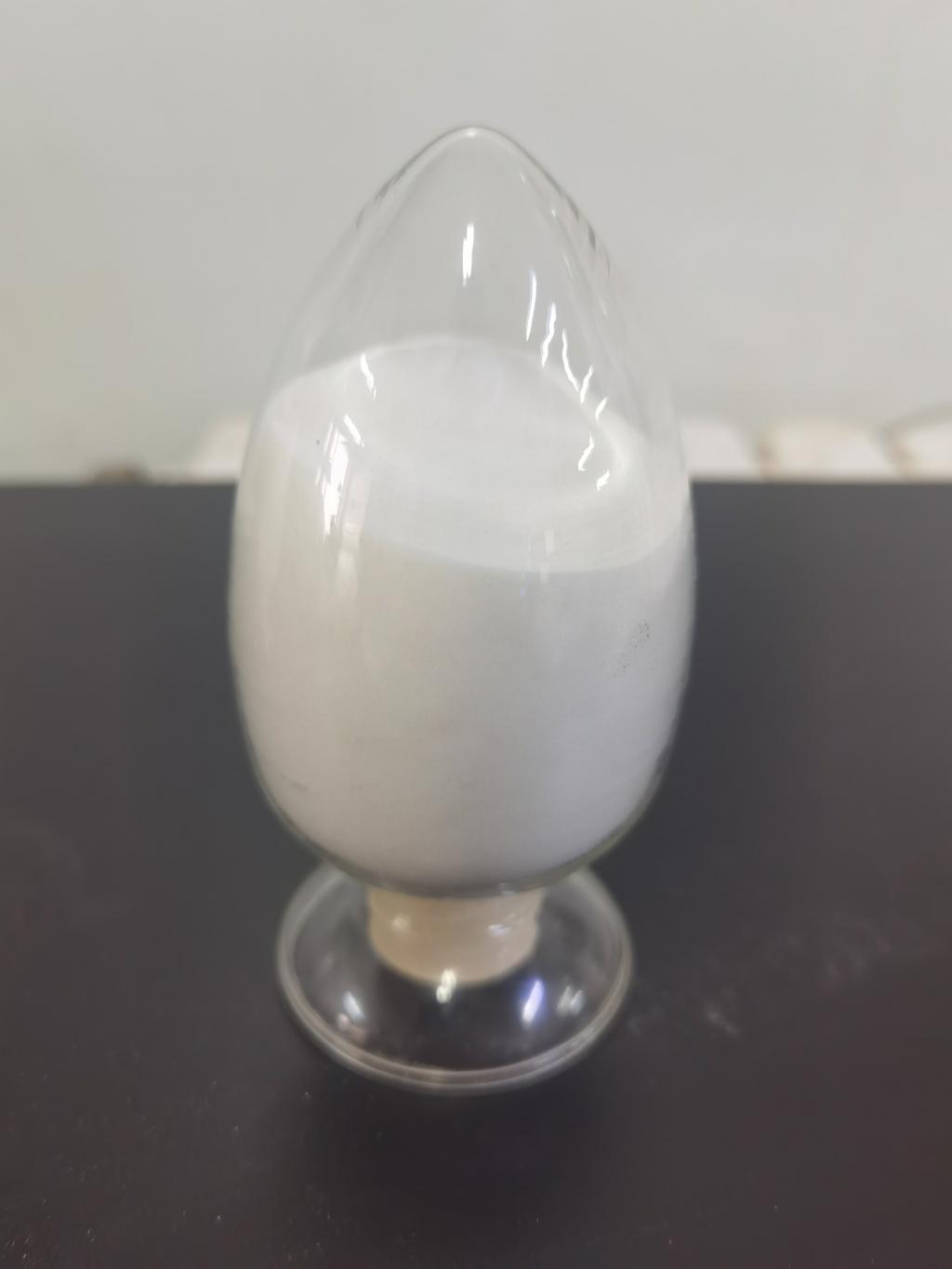Tel:+8618231198596

News
 CONTACT
CONTACT
 CONTACT
CONTACT
- Linkman:Linda Yao
- Tel: +8618231198596
- Email:linda.yao@dcpharma.cn
- Linkman:CHARLES.WANG
- Department:Overseas
- Tel: 0086 0311-85537378 0086 0311-85539701
News
Current Position:
Home >
News
>ε-Polylysine hydrochloride: Promising applications in food packaging materials.
ε-Polylysine hydrochloride: Promising applications in food packaging materials.
TIME:2024-04-23
Properties of ε-Polylysine Hydrochloride:
ε-PL is a cationic polypeptide derived from natural sources, primarily produced through fermentation processes using strains of Streptomyces albulus. It exhibits potent antimicrobial activity against a wide range of Gram-positive and Gram-negative bacteria, yeasts, and molds, making it an effective preservative for food products. Moreover, ε-PL is biodegradable, non-toxic, and generally recognized as safe (GRAS) for use in food applications, making it an attractive option for food packaging materials.
Applications in Food Packaging:
The incorporation of ε-PL into food packaging materials offers several advantages for extending the shelf life and ensuring the safety of packaged foods. ε-PL can be incorporated into various packaging formats, including films, coatings, wraps, and trays, to provide antimicrobial protection against spoilage organisms and foodborne pathogens. By inhibiting microbial growth on the surface of packaged foods, ε-PL helps maintain freshness, quality, and nutritional value throughout storage and distribution.
Furthermore, ε-PL-based packaging materials can be tailored to specific food products and packaging requirements, offering flexibility and versatility in application. For example, ε-PL coatings can be applied to fresh produce, meat, poultry, seafood, and dairy products to create an additional barrier against contamination and spoilage. Additionally, ε-PL films and wraps can be used for modified atmosphere packaging (MAP) to control gas permeability and prolong shelf life by reducing oxidation and moisture loss.
Compatibility with Packaging Materials:
One of the key considerations in the development of ε-PL-based packaging materials is compatibility with existing packaging technologies and materials. ε-PL can be incorporated into a wide range of packaging materials, including polyethylene (PE), polypropylene (PP), polyethylene terephthalate (PET), and biodegradable polymers, without compromising their mechanical properties or barrier properties. Moreover, ε-PL exhibits good adhesion to packaging surfaces and can be applied using conventional coating or extrusion processes, making it suitable for large-scale production and commercialization.
Regulatory Considerations:
The regulatory approval process for ε-PL-based food packaging materials varies depending on regional regulations and intended applications. In many countries, ε-PL is classified as a food additive or processing aid, and its use in food packaging is subject to approval by regulatory authorities, such as the U.S. Food and Drug Administration (FDA) and the European Food Safety Authority (EFSA). Manufacturers must demonstrate the safety and efficacy of ε-PL-based packaging materials through rigorous testing, including toxicity studies, migration testing, and shelf-life studies, to obtain regulatory approval for commercial use.
Future Prospects:
The growing demand for sustainable and eco-friendly packaging solutions presents opportunities for ε-PL in the food packaging industry. As consumers become more conscious of environmental issues and seek alternatives to conventional plastics, biodegradable and compostable packaging materials are gaining popularity. ε-PL, being biodegradable and derived from natural sources, aligns with these trends and offers a sustainable solution for reducing the environmental impact of food packaging waste.
Moreover, ongoing research and development efforts are focused on enhancing the antimicrobial efficacy, stability, and compatibility of ε-PL-based packaging materials through innovative formulation and processing techniques. Advanced packaging technologies, such as active packaging systems and smart packaging sensors, are also being explored to further extend the shelf life of packaged foods and improve food safety.
Conclusion:
In conclusion, ε-Polylysine hydrochloride (ε-PL) holds significant promise as an antimicrobial agent for incorporation into food packaging materials to enhance shelf life and ensure food safety. Its broad-spectrum antimicrobial activity, biodegradability, and compatibility with existing packaging technologies make it a versatile option for addressing microbial contamination and spoilage in packaged foods. However, further research is needed to optimize ε-PL-based packaging materials, navigate regulatory requirements, and address consumer acceptance to realize their full potential in the food packaging industry. With continued innovation and collaboration, ε-PL-based packaging materials have the potential to revolutionize food packaging practices and contribute to a more sustainable and resilient food supply chain.
- Tel:+8618231198596
- Whatsapp:18231198596
- Chat With Skype







